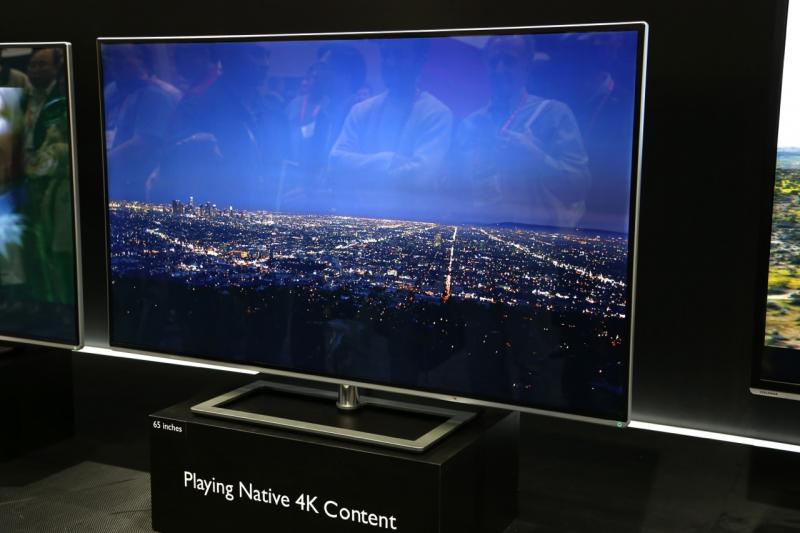The form factor of UltraHD TV will be its undoing
While the production community has gone 4K crazy, broadcasters I speak to on a regular basis are sitting back and scratching their heads wondering what all the fuss is about. Sure, the Ultra HD format offers more pixels on the screen, but at the end of the day, do consumers really care? Isn’t that who we, as an industry, as are serving and, therefore, whom we should be listening to?
With new competition from China, Korea and elsewhere, the HDTV set market has gone soft. Everyone is now coming to a rude awakening that there’s a finite market for these displays. Most consumers have already replaced their CRT sets with nice flat-panel models. Now all of these competitors are left fighting for a smaller pie.

As one professional monitor manufacturer rep told me, “Business is down for everybody. The monitor market has tanked. It’s really awful.”
Understandably, with HDTV set sales sluggish at best, consumer electronics manufacturers need a new “big thing” to sell. Yet, they clearly do not have their ears to the ground. So, why in the world should stations invest in (literally) three 3Gb/s infrastructures to distribute such images around a facility and then on to consumers’ homes? That’s aside from having to purchase new cameras, recorders, storage, network throughout, etc.
Technology (and current high price of Ultra HDTV) aside, however, the reason I personally feel 4K will never be broadcast over the air and into the home has to do with the change in form factor from its predecessor, or lack thereof in this case. Most consumers could clearly see a benefit in going from a heavy, CRT-based 4:3 set to a sleek 16:9 panel. It was a form factor change that made sense. Where will that same “light bulb” moment come for consumers considering 4K?
What made HDTV successful was not the improved resolution of the picture on screen. It was (and still is) the change in form factor. These new HD sets look great on the wall or on a stand. It’s become a piece of furniture to admire, like the old days of analog TV cabinets.
Then there’s the fact that at the recommended viewing distance of 9ft, you can’t even see 1080 until you get to 5.5ft on a 42in screen. Nobody sits 5ft away from his or her TV. So, at what point is the average TV viewer going to appreciate 4K?
Get the TV Tech Newsletter
The professional video industry's #1 source for news, trends and product and tech information. Sign up below.
We all have to remember that consumers like convenience, and they’ll pay for it. People quickly migrated from VHS to DVD because it was a form factor change that everybody appreciated. It was not because of the picture quality, because we had good image quality with S-VHS. The DVD was simply way more convenient to use and store on a shelf.
To prove my point, look at the Blu-Ray disc. Although technically there is an image quality improvement, consumers are not buying it in big numbers. (In fact, 70 percent of new titles that come to market in the U.S are currently released on standard DVD.) Why is that? It’s because the average consumer is not that interested in the number of pixels and sees no need to upgrade their collections. There’s no form-factor difference. And Blu-Ray actually offers more inconvenience because it does not work on all players out there. So, where there’s no form factor change, you’ll find limited results.
So, without a clear form factor convenience associated with 4K TV sets, most consumers are sure to say, “What’s the point?” Even when (or if) the prices start to drop, trying to justify the purchase of yet another widescreen panel in your home will be tough — even for those with disposable income.
Today, after 15 years of HDTV development, no terrestrial broadcasters are transmitting 1080p/60, which is the highest quality HDTV picture. So, if HD is not being fully exploited, why would you think (and I'd love to hear your comments below) that broadcasting 4K and higher resolutions will succeed?
